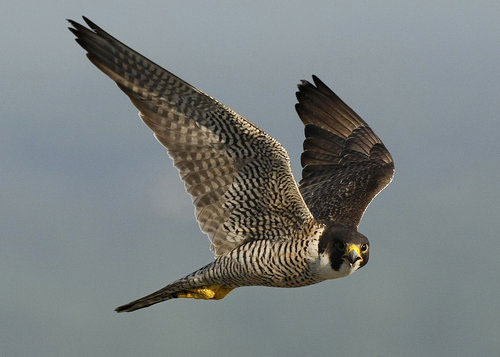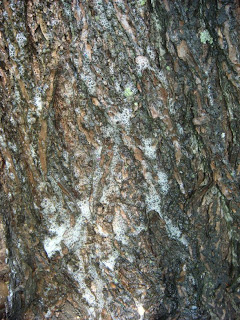Things are Looking Up: Hawk Watching in Vermont State Parks
 The fall bird migration has begun, giving us a great opportunity to see some cool birds that we might not see every day.
The fall bird migration has begun, giving us a great opportunity to see some cool birds that we might not see every day.
My favorites are the raptors, or hawks. The big bad boys of the bird world. Mount Philo State Park is home to hawk watching enthusiasts that perch on the summit with binoculars and spotting scopes and keep tally of the number and species of raptors passing by.
Early fall, mid September through the first part of October, is the perfect time to watch for migrating hawks.
For example, here is what was seen at Mt. Philo State Park yesterday, September 16th:
- 9 Osprey
- 12 Bald Eagle
- 3 Northern Harrier
- 8 Sharp-shinned Hawk
- 2 Cooper's Hawk
- 706 Broad-winged Hawk
- 5 Red-tailed Hawk
- 8 American Kestrel
- 1 Peregrine Falcon
- 4 Unidentified raptor
- 2 Common Nighthawk
Jane Stein, on the VTBIRDlist provides these hawk watching tips:
 The best chance to catch sight of the raptor migration if you don't have access to a mountain would be late afternoon when the thermals weaken and they drop much lower (I once looked up and saw the last 300 or so of what appeared to be a very long stream disappearing into the distance from here in Shoreham under those conditions). If there's been a very late flight the day before, sometimes you can be extremely lucky to observe a mass lift-off from the trees around 8:00 am or 9:00 am if a bunch of them decided to knock off for the day where you are.
The best chance to catch sight of the raptor migration if you don't have access to a mountain would be late afternoon when the thermals weaken and they drop much lower (I once looked up and saw the last 300 or so of what appeared to be a very long stream disappearing into the distance from here in Shoreham under those conditions). If there's been a very late flight the day before, sometimes you can be extremely lucky to observe a mass lift-off from the trees around 8:00 am or 9:00 am if a bunch of them decided to knock off for the day where you are.
Raptors migrating on a perfect fall day like this will usually be too high to see from sea level, and often too high even for mountaintops, unfortunately. Cold air and bright sun produce the strong thermals that get them very high up, and the tailwind keeps them going up there very fast for long distances.
The other possibility is to go look on a day when the flying conditions aren't so good, like with a gusty but not too fierce southwest wind. If the birds are coming through, they'll keep going as long as it's not totally impossible, but they'll be a good bit lower.
Here is a run down of some hawks you are likely to see this fall: You can download this printable hawk guide for free!
 |
There are the buteos -- with stout bodies and big, wide wings. These are the master soarers of birds, flying over farm fields and forest in search of prey.
The falcons are the speedsters: Streamlined and bullet-shaped, able to drop like a bomb and catch a bird in flight for a quick meal.
The accipiters are woodland hawks, with short wings and slim bodies adapted to weaving through trees as they surprise their.
There is also the osprey, a fish-packing bird. This bird hovers over lakes and streams until it spots a fish it likes, then dives into the water, grasping the fish in its large talons. After catching a fish, osprey will always turn it around so that it faces head-first, making it aerodynamically streamlined.
And of course, there are the eagles. The majestic emblem of our nation. Eagles are the largest birds of prey around here. They can have wingspans over six feet, large, have hooked beaks, and fantastic eye sight.
Bald eagles are opportunists when it comes to food. They'll hunt fish or birds but are not above feeding on a dead animals, too.

.jpg)
.jpg)
Comments
Post a Comment
Feel free to let us know what you think.